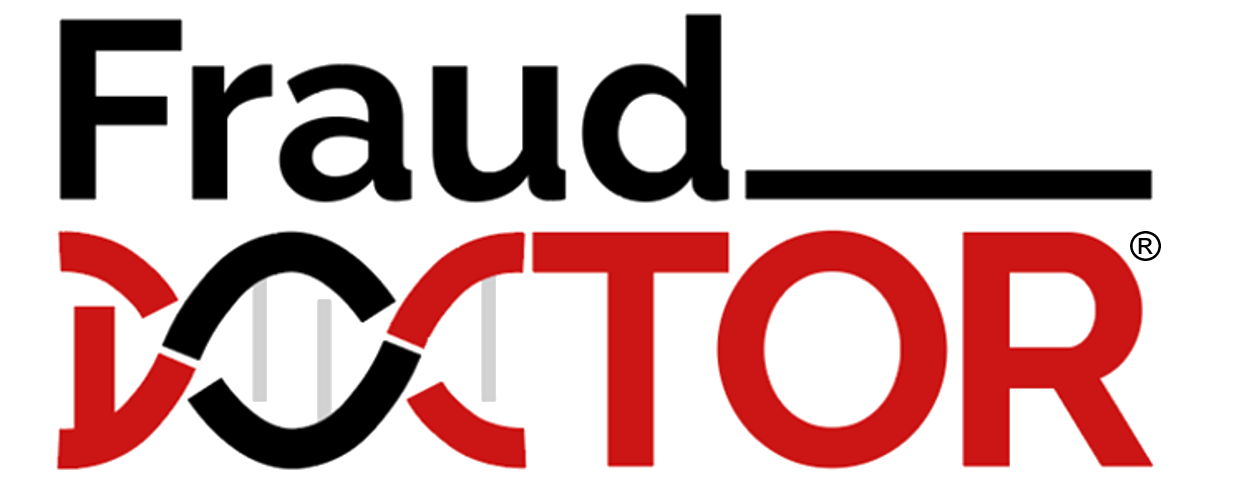I had the privilege of speaking to the I.T. and Criminal Justice students at ECPI University in Charlotte, North Carolina today. We talked about what it is that I do in antifraud, how I got started in the field, and what I look for in candidates. It was great to interact with the students. Their questions were tough, insightful and on point. I hope that the lecture sparked their interest in the field. In fact, two students came up to me afterwards and said they were now strongly considering a career in antifraud. If you are a seasoned professional working in the antifraud space, consider speaking at your local colleges… Read More
Continue Reading



